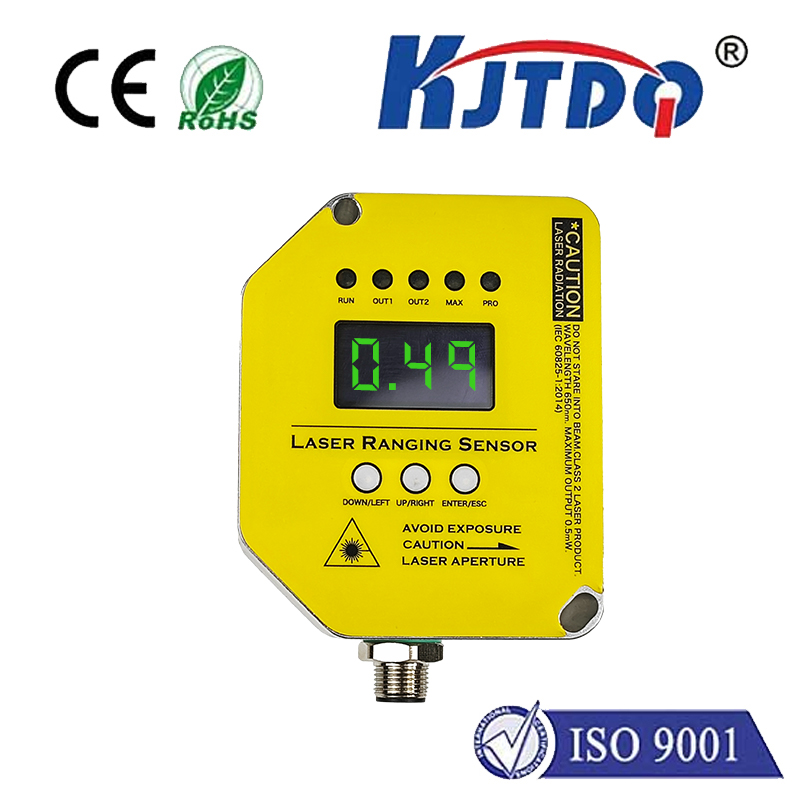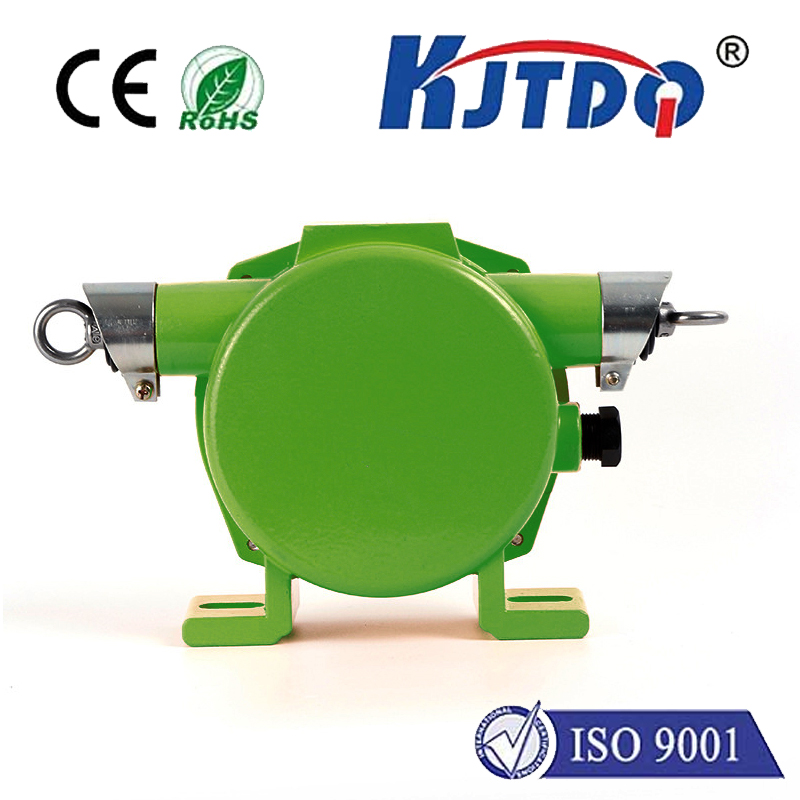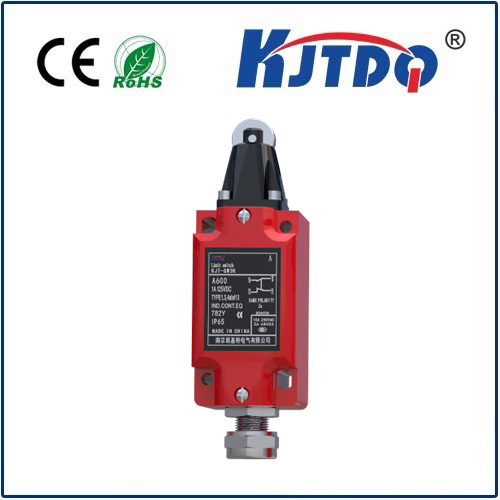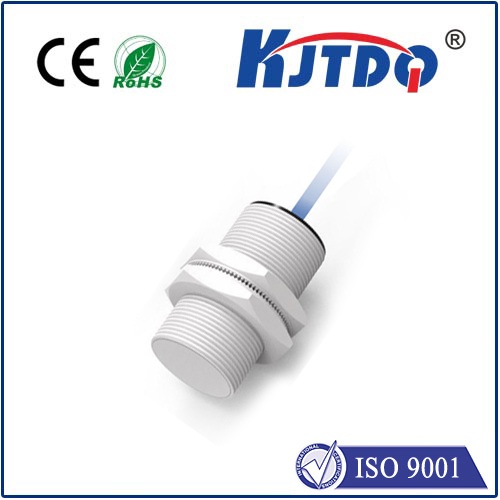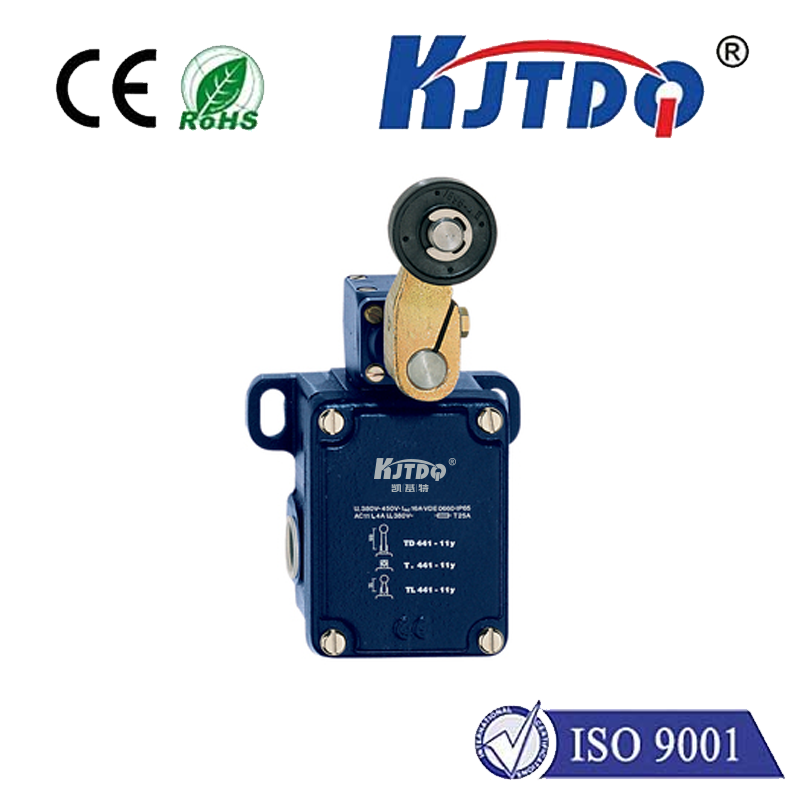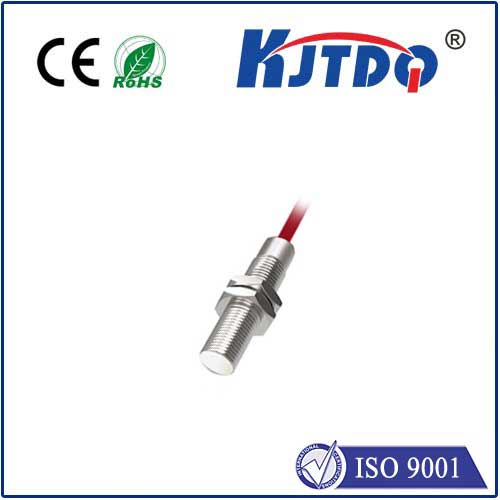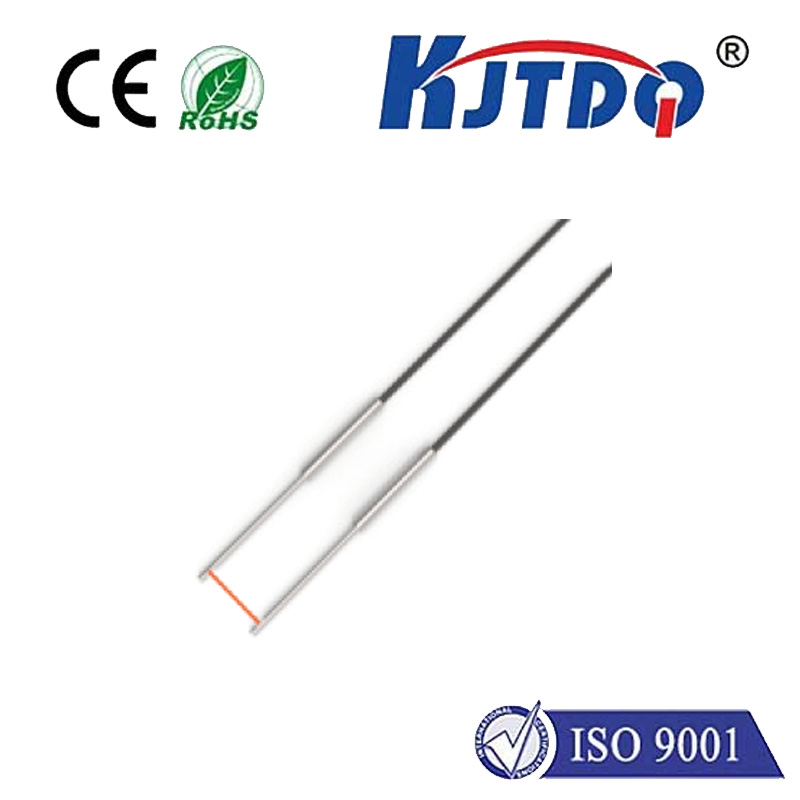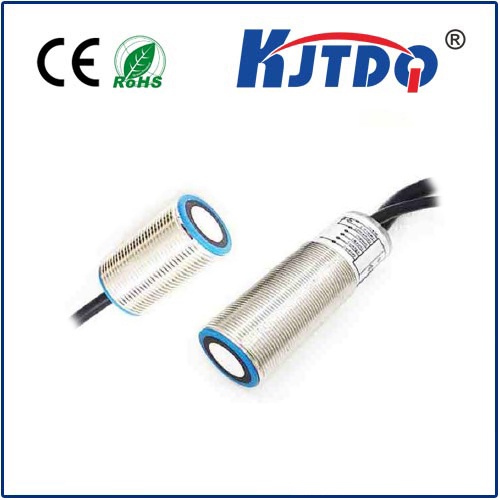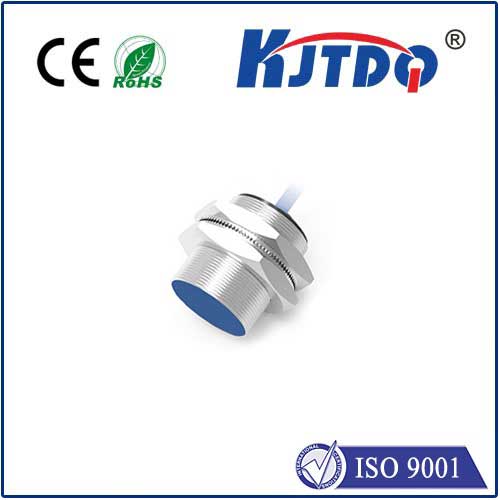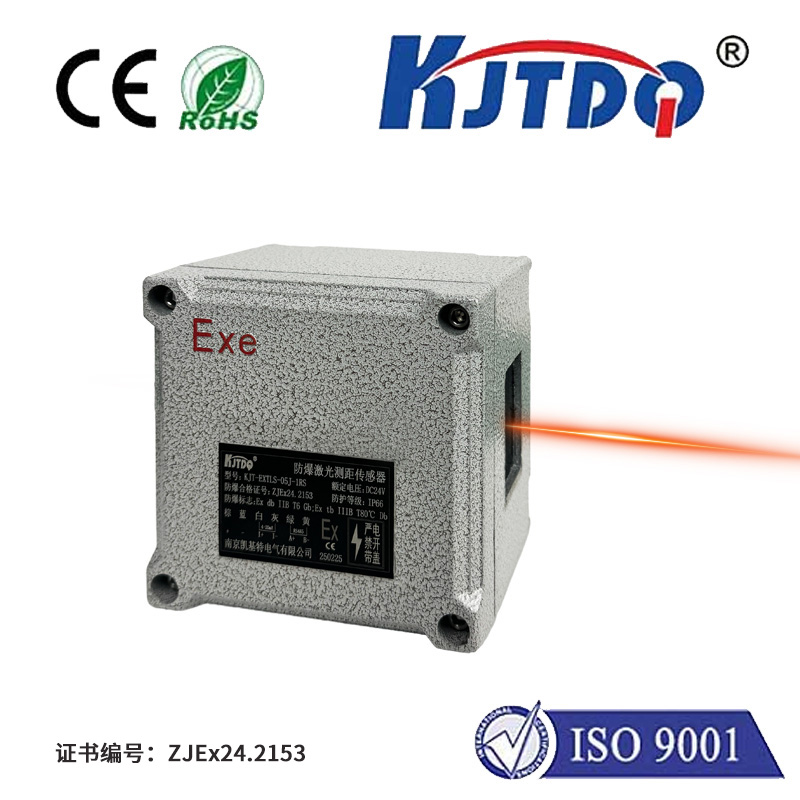analog optical sensor
- time:2025-08-14 12:34:45
- Нажмите:0
The Unseen Signal Whisperers: Unpacking the Power of Analog Optical Sensors
(Article Title: Beyond the Digital Buzz: The Enduring Ingenuity of Analog Optical Sensors)
We live bathed in light. From the dim glow of a nightlight to the dazzling brilliance of the midday sun, light isn’t just for seeing; it’s a fundamental signal, a messenger carrying information. While digital cameras and sophisticated detectors grab headlines, a vast array of everyday devices and critical industrial systems rely on a more fundamental, often overlooked technology: analog optical sensors. These unsung heroes translate the continuous whisper of photons into an equally continuous electrical language, forming the silent backbone of countless applications where nuance, speed, and simplicity reign.
Decoding the Analog Lens: It’s All About Continuity
At its core, an analog optical sensor performs a seemingly straightforward, yet profoundly important task: it converts the intensity or characteristics of incident light into an electrical signal that varies continuously in proportion. Unlike their digital cousins, which quantize light levels into discrete bits (think 0s and 1s), analog sensors output a smooth voltage or current curve. A brighter light yields a higher voltage; dimmer light, a lower voltage – the relationship is inherently smooth and proportional. This continuous output is the defining essence of the analog optical sensor.

The heart of this conversion typically involves a photodetector, a semiconductor device whose electrical properties change when struck by photons. Common types include:
- Photodiodes: The most widespread type. Light hitting the PN junction generates electron-hole pairs, creating a photocurrent. When operated in photovoltaic mode (without external bias), they generate a voltage, while photoconductive mode (with reverse bias) generates a current proportional to light intensity.
- Phototransistors: Builds on the photodiode concept but incorporates a transistor structure. Light striking the base-collector region controls the much larger current flowing from collector to emitter, effectively amplifying the photodiode’s signal. This provides higher sensitivity within a compact, often integrated package.
- Photoresistors (LDRs - Light Dependent Resistors): Perhaps the simplest form. These components decrease their electrical resistance when exposed to light. Their resistance change is analog, though the response can be slower and less linear than diodes or transistors.
The Core Ecosystem: More Than Just the Detector
While the photodetector is the primary transducer, a complete analog optical sensor system often involves several key components working in concert:
- Light Source: This could be ambient light or, more commonly, a dedicated emitter like an LED (for proximity/reflective sensing) or a lamp. Its stability directly impacts sensor accuracy.
- Optical Elements (Optional): Lenses, apertures, diffusers, or filters may be used to focus light, control the field of view, block unwanted wavelengths (like IR filters for visible-light sensing), or diffuse light for more uniform illumination.
- Signal Conditioning Circuitry: The raw signal from the photodetector (current or small voltage changes) is often weak. This stage is crucial, typically involving amplifiers (transimpedance amplifiers for photodiodes are extremely common) to boost the signal to usable levels and sometimes filters to reduce electrical noise. Maintaining signal integrity here is paramount for accuracy. This is where the “analog” nature is preserved and refined.
- Output Stage: The conditioned signal presents as a continuous voltage or current range proportional to the light input. This is the direct analog output usable by downstream circuits or systems.
Where Analog Truly Shines: The Unbeatable Advantages
So why choose an analog optical sensor when digital options offer high precision and direct computer interfacing? The answer lies in specific strengths perfectly matched to numerous applications:
- Simplicity & Low Cost: Implementing a basic analog sensor circuit often requires fewer components and less complex design than its digital counterpart. This translates directly into lower BOM costs and easier integration, especially for cost-sensitive, high-volume products.
- Speed & Low Latency: The continuous nature of the signal processing chain avoids the inherent delays of digital conversion (sampling rate, quantization time, data transmission). This results in extremely fast response times critical for applications like high-speed position detection, light flicker analysis, or safety shutoffs. The analog optical path provides near-instantaneous feedback.
- Low Power Consumption: Without the power-hungry ADCs (Analog-to-Digital Converters) and digital logic circuits, well-designed analog sensors can operate with remarkably low power draw. This is vital for battery-powered devices, remote sensors, or IoT edge nodes where energy efficiency is paramount.
- High Dynamic Range (Potential): While digital sensors can offer wide dynamic range, analog circuits can be designed to handle vast differences in light levels within a single, continuous sweep, avoiding the saturation or blind spots that can affect digital sensors switching between gain settings.
- Direct Analog Control: Many systems thrive on analog control loops. Think of a simple light dimmer switch controlling an incandescent bulb based on ambient brightness. An LDR directly feeding a triac circuit via an analog comparator is far simpler and cheaper than a digital sensor feeding a microcontroller feeding a digital dimmer. An analog optical sensor provides the direct input needed for immediate, proportional response in purely analog systems.
Analog Sensors in Action: Pervasive Yet Unseen
Look around, and you’ll likely find analog optical sensors working diligently:
- Automotive: Rain sensors modulating wiper speed based on droplet density on the windshield (often using internal reflection principles); ambient light sensors smoothly adjusting dashboard/instrument panel brightness; twilight sensors turning on headlights as daylight fades.
- Consumer Electronics: Simple light meters in older cameras; automatic nightlights activating at dusk; “sleep” functions in TVs/monitors detecting presence based on light blockage; the humble slot in an optical computer mouse tracking movement via reflected LED light on a surface.
- Industrial Automation & Safety: Object detection on conveyor belts (is a bottle present?); checking fill levels in translucent containers; verifying label presence; door safety interlifts using light curtains (though these often digitize the signal after analog detection); flame detectors in boilers/furnaces monitoring specific flame characteristics.
- Building Automation: Automatic blind/curtain controls based on sunlight intensity; daylight harvesting systems dimming artificial lights proportionally to available natural light.
- Medical Devices: Basic pulse oximeters (measuring blood oxygen via light absorption through tissue, using analog signal paths before digitization for calculation); certain types of colorimeters.
- Scientific Instrumentation: Spectrophotometers measuring absorbance/transmittance of samples at specific wavelengths; pyranometers measuring solar irradiance; basic optical encoders tracking position.
Enduring Relevance in a Digital Age
The march towards digitization is undeniable. High-resolution imaging, complex spectral analysis, and networked sensor systems heavily favor digital solutions. However, the relentless drive for lower cost, higher speed, simpler design, lower power, and direct proportional control ensures that the fundamental analog optical sensor remains indispensable. It solves specific problems with elegant efficiency. They are the workhorses, the silent partners, translating the continuous flow of light information into the continuous electrical signals that drive countless reliable and responsive devices. In a world obsessed with bits and bytes, the smooth, proportional language of the analog optical sensor continues to speak volumes.

